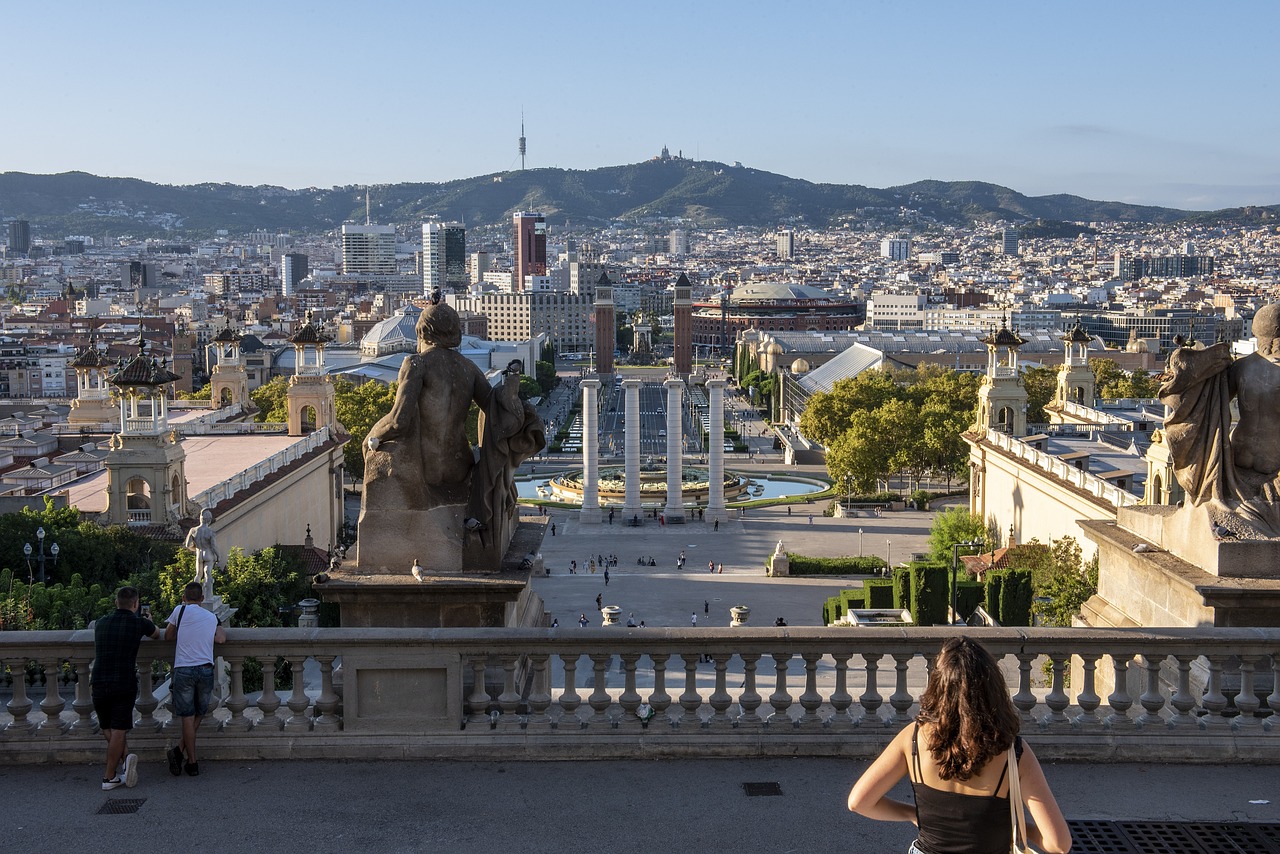
Spain’s architectural landscape is a vivid tapestry woven from centuries of diverse cultural influences, historical events, and artistic movements. From ancient Roman structures to contemporary masterpieces, Spanish architecture tells the story of a nation that has been a crossroads of civilizations.
Ancient and Medieval Influences
Roman Legacy: The Romans left an indelible mark on Spain, with structures like the Aqueduct of Segovia and the Roman Theatre in Mérida showcasing their engineering prowess. These ancient monuments are a testament to the durability and grandeur of Roman architecture.
Moorish Splendor: The Muslim conquest in 711 CE introduced a new architectural style characterized by intricate tilework, horseshoe arches, and lush courtyards. The Alhambra in Granada and the Great Mosque of Córdoba are prime examples of Moorish architecture, blending Islamic art with local traditions.
Gothic Grandeur: As Christian kingdoms like Castile and Aragon emerged, Gothic architecture flourished. Cathedrals such as the one in Burgos and the Cathedral of León feature soaring spires, detailed façades, and expansive stained glass windows, reflecting the era’s religious fervor and artistic ambition.
Renaissance and Baroque Brilliance
Renaissance Revival: The Renaissance brought a renewed interest in classical antiquity, leading to the construction of elegant buildings with symmetrical designs and harmonious proportions. The University of Salamanca and the Escorial Monastery are notable examples of this period.
Baroque Extravagance: The Baroque era in Spain was marked by dramatic, ornate designs. The Churrigueresque style, with its lavish decoration and intricate details, is epitomized by the façade of the Cathedral of Santiago de Compostela.
Modernism and Contemporary Innovations
Gaudí’s Genius: The late 19th and early 20th centuries saw the rise of Modernisme, a Catalan version of Art Nouveau. Antoni Gaudí, one of the most famous architects of this movement, created iconic works like the Sagrada Família and Park Güell in Barcelona. His organic forms and imaginative designs have left a lasting legacy.
Contemporary Creations: Today, Spanish architecture continues to innovate with architects like Santiago Calatrava and Rafael Moneo gaining international acclaim. Calatrava’s futuristic designs, such as the City of Arts and Sciences in Valencia, and Moneo’s minimalist yet impactful works, like the Kursaal Congress Centre in San Sebastián, showcase Spain’s ongoing architectural evolution.

